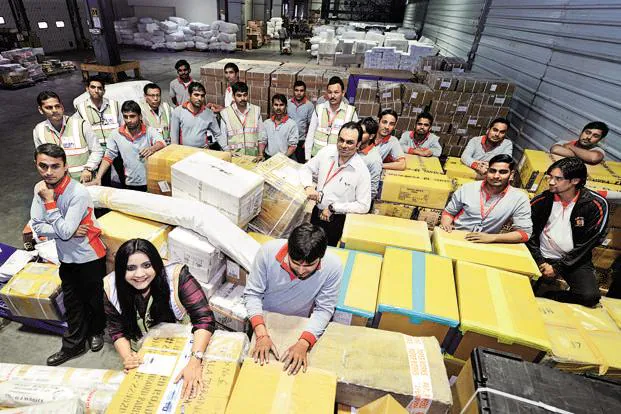Mind the Gap: How Donald Trump’s tariff policies could impact women workers
Trade has been a powerful instrument for gender equality over the last few decades – especially in low income and emerging economies.
On April 2, 2025, the president of the United States, Donald Trump announced that a set of reciprocal tariffs would apply to all imports to the US at rates between a 10% base tariff to almost 50% for countries with large merchandise trade deficits with the country.

Pandemonium followed on global stock markets. Following requests for negotiations by over 75 countries, the US administration announced a pause on these reciprocal tariffs on all countries—barring China—for a period of 90 days.
During these three months, nearly all countries will be subject to the 10% base tariff as they use this time to negotiate bilateral trade agreements with the US. It is widely expected that the ultimate result of all these negotiations will be a new global trade order that looks vastly different from the one prior to April 2025.
Trade has been a powerful instrument for gender equality over the last few decades – especially in low income and emerging economies. Research by the World Bank and the World Trade Organization (WTO) finds that firms that are part of global value chains tend to employ more women. In developing countries, women make up 33% of the workforce of exporting firms compared with just 24% of non-exporting firms.
Moreover, data from the United Nations Trade and Development body (UNCTAD), shows that across developing economies, women’s share of value added in industry exports typically ranges from 20% to 40%, even going up to 77% in countries like Cambodia where textiles and garments are the dominant export industry, showing the high contribution of women workers in export-oriented manufacturing.
Finally, despite high levels of informality in working conditions, firms in global value chain-integrated sectors are more likely to offer higher pay and benefits than firms not directly engaged in trade.
But women are not only involved in trade when engaged as employees in manufacturing firms. Women entrepreneurs running their own firms are also traders. Women also support traders by working as logistics service providers such as customs brokers, freight forwarders, and trade financing agents.

Primary consultations undertaken by Nikore Associates between 2023–2025 across South Asia show that women traders and logistics service providers struggle not only with gender-based discrimination in access to markets, finance and trade networks but also deal with safety concerns at trade facilities, lack of gender sensitive infrastructure including absent female washrooms, and with social normative barriers that routinely characterise trade as being an “inappropriate” sector for women.
And yet, despite these barriers, participating in trade and global value chains has helped women across developing countries gain employment, start businesses, and achieve financial independence.
Think of the nearly 3.2 million women working in the garment factories across Bangladesh, over one million women working in Mexico’s maquiladora sector (export assembly plants), or the 600,000 women workers of Vietnam’s electronic industry. This financial independence has aided in improving women’s agency, shifting social norms, and bridging crucial gender gaps in skilling. Women in trade related industries are skilled on the latest equipment in their sectors, thereby acquiring transferable technical skilling and making them highly sought after employees even for other sectors.
The future for these millions of women workers and traders, who are less likely to be a part of worker unions, and traders is now uncertain. Consequently, women’s voices are going unheard even as countries negotiate their trade deals.
As countries negotiate new bilateral agreements during this 90-day window, there is a need for careful consideration of gender implications in these new trade frameworks.
Policymakers must prioritize gender-responsive trade policies that preserve opportunities for women, and refrain from furthering “pink tariffs”—tariffs on sectors with higher proportion of women workers. The stakes for millions of women workers and entrepreneurs in developing economies couldn't be higher.
[Mitali Nikore is founder and chief economist at Nikore Associates, a youth-led policy think tank]






